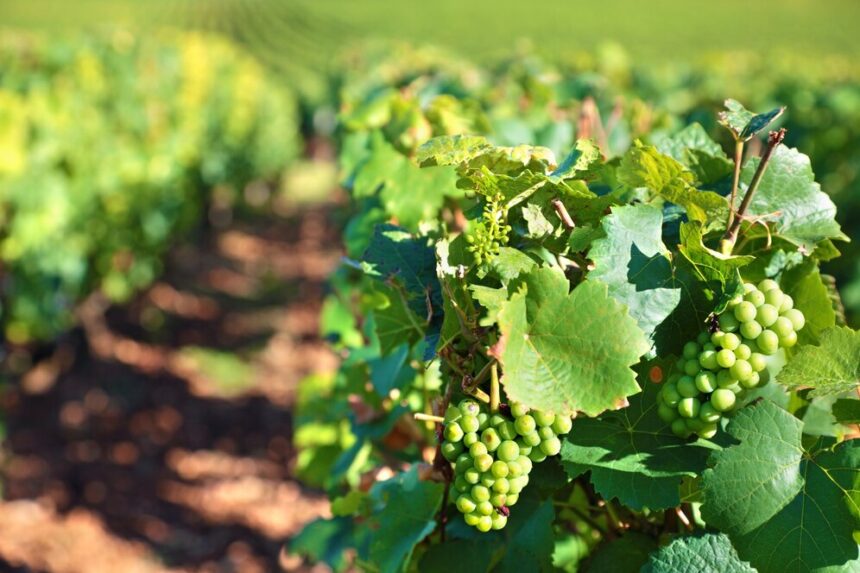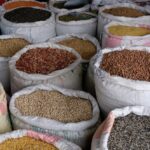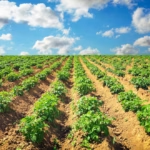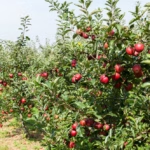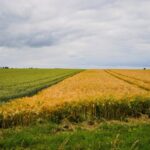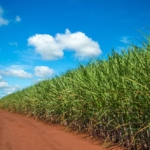As global demand for sustainable and chemical-free products continues to grow, organic wine grape farming has gained remarkable traction among vineyard owners and wine lovers alike. Organic viticulture not only produces cleaner, more natural wines but also nurtures the health of the soil, the surrounding ecosystem, and ultimately the consumer. Whether you’re a new grape grower or an established vintner seeking to transition to organic methods, understanding the key practices in organic wine grape farming is essential for long-term success.
What is Organic Wine Grape Farming?
Organic wine grape farming refers to the cultivation of wine grapes without the use of synthetic pesticides, herbicides, fungicides, or chemical fertilizers. Instead, it focuses on ecological balance, biodiversity, soil health, and natural inputs to grow healthy vines and high-quality grapes.
1. Selecting the Right Grape Varieties
Choosing the right grape varieties is the foundation of a successful organic vineyard. Ideally, select cultivars that are naturally resistant to diseases such as powdery mildew, downy mildew, and botrytis.
Common resilient varieties include:
- Syrah and Grenache for warmer regions
- Pinot Noir and Chardonnay for cooler climates
- Chenin Blanc and Colombard for South African conditions
Planting disease-resistant rootstocks can also reduce the risk of vine failure in organic systems.
2. Soil Health and Organic Fertility Management
Healthy soil is the engine of organic farming. Organic wine grape growers focus on building soil fertility through natural means.
Key practices include:
- Composting: Applying well-decomposed compost made from vineyard prunings, animal manure, and organic residues to improve soil structure and nutrients.
- Cover cropping: Growing legumes, grasses, or flowering plants between vineyard rows to fix nitrogen, improve biodiversity, and reduce erosion.
- Mulching: Using organic mulch to suppress weeds, conserve moisture, and feed soil organisms.
- Green manure: Incorporating crops like clover or vetch into the soil to enhance organic matter.
Avoiding synthetic nitrogen fertilizers helps maintain a balanced vine growth, which is crucial for high-quality wine grape production.
3. Natural Pest and Disease Management
One of the challenges of organic wine grape farming is managing pests and diseases without chemicals. However, a well-designed organic vineyard creates an ecosystem that naturally reduces pest pressure.
Effective strategies include:
- Beneficial insects: Encouraging natural predators like ladybirds, lacewings, and parasitic wasps to control pests.
- Biological sprays: Using approved organic products such as Bacillus thuringiensis (Bt) or sulfur to manage insect and fungal outbreaks.
- Canopy management: Pruning and leaf removal techniques improve air circulation and reduce humidity around the grape clusters, limiting disease development.
- Bird control: Using bird netting or reflective devices to protect ripening grapes without the need for chemical repellents.
Regular monitoring and quick response to early signs of infestation are key to staying ahead of pest and disease problems organically.
4. Weed Management Without Herbicides
Weed control in organic vineyards requires an integrated approach that reduces competition for nutrients and water without synthetic herbicides.
Common methods include:
- Mechanical cultivation: Shallow tillage or under-vine cultivation to disrupt weed growth.
- Mowing: Regular mowing of cover crops and grass to keep weeds at bay.
- Mulching: Organic mulch suppresses weed emergence and improves soil moisture retention.
- Grazing: Some vineyards use sheep or ducks to graze between rows and control weeds while adding natural fertilizer.
Maintaining ground cover and preventing bare soil also helps improve soil biology and vineyard resilience.
5. Irrigation and Water Management
While many wine grapes are grown under dryland conditions, sustainable water management is important, especially in dry regions.
Organic water-saving techniques include:
- Drip irrigation: Delivers water directly to the roots and minimizes waste.
- Soil moisture monitoring: Using probes or tensiometers to avoid over-irrigation.
- Mulching and cover crops: Help retain soil moisture and reduce evaporation.
Using organic-approved water additives such as fish emulsion or seaweed extracts can also supplement vine nutrition during key growth stages.
6. Harvesting and Post-Harvest Handling
Organic certification requires that grapes remain uncontaminated from harvest through to wine production.
Best practices include:
- Cleaning harvest bins and tools thoroughly to prevent cross-contamination
- Keeping organic and non-organic grapes strictly separate
- Using certified organic processing methods if making wine on-site
Harvest timing is also crucial. Grapes should be picked at optimal sugar and acid levels to reduce the need for additives during winemaking.
7. Certification and Recordkeeping
To sell your grapes or wine as certified organic, your farm must meet the standards of a recognized organic certification body such as:
- Control Union
- Ecocert
- CERES
- South African Organic Sector Organisation (SAOSO)
Be prepared to keep detailed records of all farm activities, inputs, pest control measures, and harvest dates. Inspectors will review your farm annually to ensure compliance.
Organic wine grape farming is more than just eliminating chemicals—it’s about creating a balanced vineyard ecosystem that supports the health of the vines, the soil, and the final product. By adopting practices like composting, natural pest control, cover cropping, and sustainable irrigation, farmers can grow premium grapes while protecting the environment and meeting consumer demand for organic products.
With careful planning, commitment to organic principles, and a focus on long-term soil health, your vineyard can produce top-quality grapes that meet both market trends and environmental standards.


